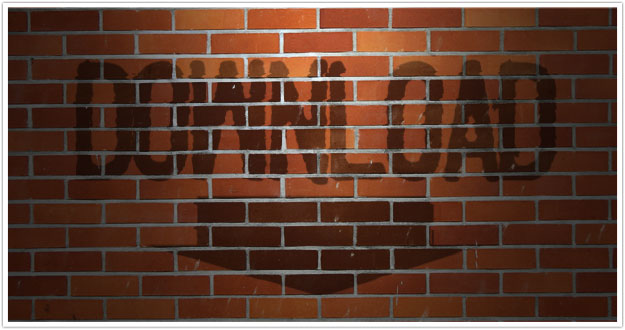What’s Your $5 Comedy Special?

In recent months, three popular comedians have taken an innovative approach to releasing new material.
Thumbing their noses at traditional media distribution labels and cable networks, Louis C.K., Aziz Ansari and Jim Gaffigan opted instead to cut out every middleman possible by offering their latest comedy specials directly to the public. For $5. As digital content available exclusively on their own websites.
And how did they fare? To cite just one example, in the first 12 days after Louis C.K.’s “Live at the Beacon Theater” special was released, it grossed over $1 million. Even factoring in production costs, bonuses for his staff and charitable contributions, that still leaves a sizable chunk of change for C.K. himself.
This is certainly not the first time that someone – or a few someones – have eliminated the costs and barriers associated with the old school rules of media and marketing. Bands like Radiohead and Nine Inch Nails have released albums directly to their fans with no help from record labels.
However, this is the first time we’ve seen this trend cross over to other artistic endeavors, and it presents a compelling model for any company that’s interested reaching their customers more effectively.
Here’s what you can learn from the success of the $5 comedy special:
Direct communication
What business doesn’t want to hear directly from their customers?
Granted, you might not always like what they have to say. But in both good times and bad, the benefits of direct communication are immeasurable.
It’s a fact of doing business that your customers are going to talk about your products or services. When you open the lines of communication and give them ways to funnel that feedback directly to you, you can learn exactly what they want and what they need.
And the flow of this communication doesn’t run in one direction only. When you build a solid foundation of trust with your customers, you’ll earn their permission to command their attention when you have something important to share with them.
Ease of use
How easy is it to go to a website, pay $5, click a link and download a comedy routine?
When you remove the barriers to acquiring your product or services, you’ll instantly increase the number of people who are interested in obtaining those products or services.
Make it easy for your potential customers to find and access what they need, and they’ll reward you by buying what you’re selling.
Lower costs
The rise of social media has allowed artists like bands and comedians to forgo (or at least lessen their dependence on) traditional vehicles for advertising and promotion and the burdensome expenses that go with them.
By “marketing” directly to their fans, these digital media pioneers can offer their release at a lower price point while keeping the lion’s share of the revenue in their own pockets. It’s a win for both the artist and the fan.
In the same manner, when you can find creative ways to eliminate the traditional middlemen of marketing and distribution by promoting and selling your products directly to your customers, you can drop your prices while simultaneously improving your profit margins.
The power of evangelists
The fundamental element underlying the success of this no-middleman approach is having a tribe of people who love what you stand for and will help you spread your message.
Louis C.K., Aziz Ansari and Jim Gaffigan all have loyal fanbases that not only bought their comedy specials but boasted about doing so to all their Facebook friends and Twitter followers.
Before you can cut out the middleman, you must invest in cultivating a community around your brand.
Before you can cut out the middleman, you must invest in cultivating a community around your brand. You need to build strong relationships with your customers and fans so that you have an army of enthusiasts who will not only buy from you but will be your advocates as well.
Doing this requires caring for your customers in ways that are more than pocketbook-deep. You must approach the task of fulfilling their needs with authenticity and passion and give them reasons to feel passionate about it, too.
Survival of the smartest
The takeaway here is this: to compete effectively in today’s marketplace, you must identify your tribe and give them what they want, in the way they want it and at the price they want to pay for it.
No matter what you’re selling, there’s a good chance you can streamline the methods by which you promote and distribute your products or services so that the process of acquiring them is faster, easier and more direct.
So the challenge we leave you with is this: What is your $5 comedy special?
Jeremy Hunt is a writer, communicator and social media grunt who lives in Charlotte, North Carolina. He currently serves as the manager of corporate social media for Novant Health. Keep up with all that he finds cool in the world at jeremyhunt.tumblr.com or follow him on Twitter: @jehuthehunt.